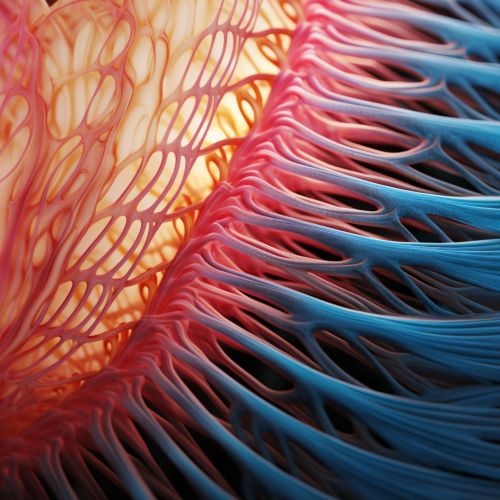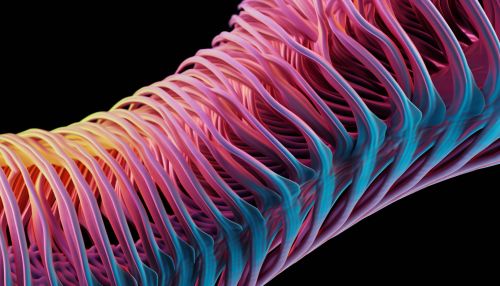Spinal Muscular Atrophy
Overview
Spinal Muscular Atrophy is a genetic disorder characterized by the loss of motor neurons in the spinal cord and lower brainstem, leading to severe and progressive muscular atrophy and weakness. It is caused by a mutation in the survival motor neuron gene 1 (SMN1).
Genetics
SMA is an autosomal recessive disorder, which means that both copies of the gene in each cell have mutations. The parents of an individual with an autosomal recessive condition each carry one copy of the mutated gene, but they typically do not show signs and symptoms of the condition.


The primary gene associated with SMA is the survival motor neuron 1 (SMN1) gene. Mutations in the SMN1 gene lead to a deficiency of SMN protein, which is critical for the maintenance of motor neurons. If motor neurons do not receive enough SMN protein, they begin to die, leading to the muscle weakness and wasting seen in SMA.
Types
There are four main types of SMA, based on the age of onset and maximum function achieved. They are known as SMA type 1, SMA type 2, SMA type 3, and SMA type 4.
SMA Type 1
SMA type 1, also known as Werdnig-Hoffmann disease, is the most severe type of SMA and is evident at birth or within the first few months of life. Symptoms include floppy limbs and trunk, difficulty moving, swallowing, and breathing. Most children with SMA type 1 do not survive past early childhood due to respiratory failure.
SMA Type 2
SMA type 2 typically begins in infancy or early childhood. Children with SMA type 2 may be able to sit without support, but they are unable to walk and may have difficulty with breathing, swallowing, and controlling their head movements.
SMA Type 3
SMA type 3, also known as Kugelberg-Welander disease, begins in childhood or early adolescence with muscle weakness, respiratory problems, and difficulty walking. The progression of SMA type 3 is variable, and life expectancy is usually normal.
SMA Type 4
SMA type 4 begins in adulthood and is the least severe type. Symptoms include muscle weakness, tremors, and twitching. People with SMA type 4 have a normal life expectancy.
Diagnosis
Diagnosis of SMA is based on clinical symptoms, family history, and confirmed by genetic testing. The genetic test involves looking for deletions or mutations in the SMN1 gene.
Treatment
There is currently no cure for SMA. Treatment is supportive and focuses on managing symptoms and maintaining quality of life. This may include physical therapy, respiratory support, and nutritional support. Recently, new therapies that target the genetic cause of SMA have been developed, including nusinersen (Spinraza) and onasemnogene abeparvovec (Zolgensma).
Prognosis
The prognosis for individuals with SMA varies depending on the type of SMA and the degree of respiratory function. In general, the earlier the onset of symptoms, the poorer the prognosis. However, with advances in supportive care and the development of new therapeutic options, individuals with SMA have improved life expectancy and quality of life.
Epidemiology
SMA affects approximately 1 in 10,000 to 1 in 6,000 live births. It is the leading genetic cause of death in infants and toddlers.
